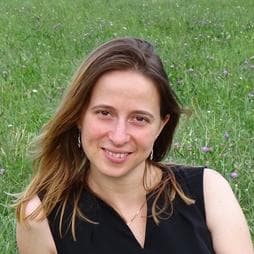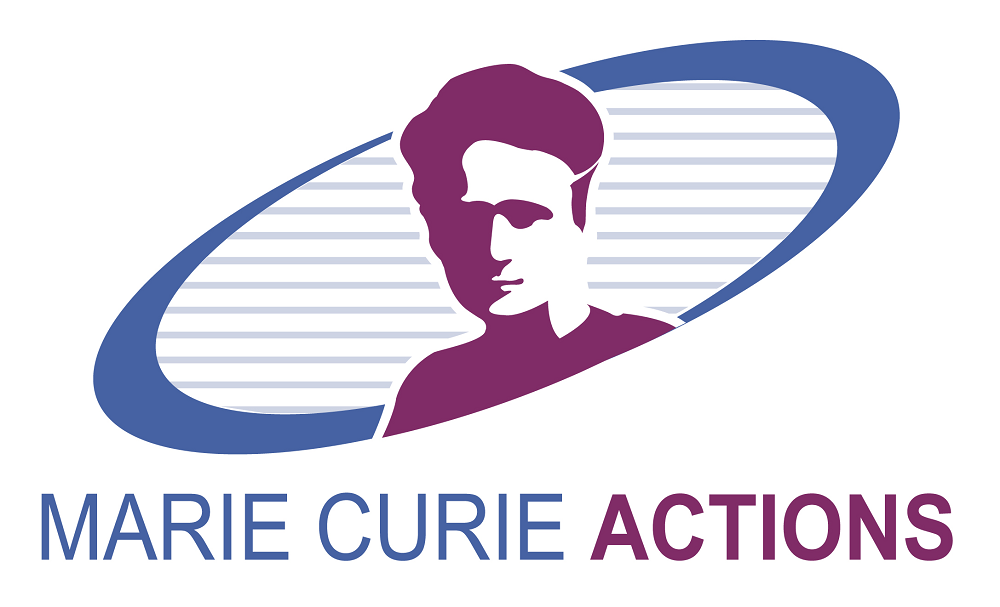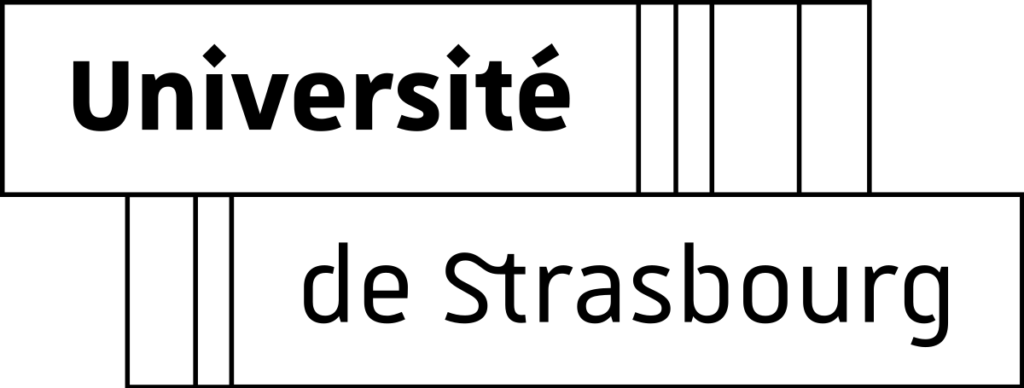ROFeRs
Rydberg Optical Feshbach-Resonances

Research topics
Rydberg Optical Feshbach-Resonances
Laser control of atomic and molecular states has been an important staple of quantum optics and the experimental realization of quantum computing systems. In the frame of present project, we proposed a new tool to broaden the possibilities for precise control of the interaction between ground state atom-pairs and concentrated on a thorough analysis of its usability. The proposed new tool, called Rydberg optical Feshbach-resonance (ROFER), is based on Rydberg molecular states, which is a special bound state of two or three atoms, provided by the Rydberg-excitation of one of the atoms’ valence electrons. The schemes are suitable to modify atom-atom interactions on the length-scale of the size of Rydberg atoms (Approximately 500-3000 a_0, depending on the principle number).

The essence of the ROFER method is to non-resonantly couple a set (2,3) of ground-state atoms to the Rydberg-molecular state. As a result, the ground-state atoms inherit the binding interaction of the molecule. The interaction engineered among the set of atoms is well controllable: the interaction strength is tunable by the properties of the coupling laser field and the characteristic length scale by changing the principal value of the Rydberg-state used to couple to.
A machine-learning approach to mesoscopic Physics
We present an application of Machine Learning (ML) in our research in the field of quantum many-body physics (QMBP). Our model consists of a one-dimensional chain of two-level atoms, in a resonant optical cavity. In this setup, electric currents can flow through the system in two channels. The strength of these currents depends on a set of physical parameters, such as the number of the atoms in the chain, the coupling strength between the individual atoms and cavity-photons, the decay rate of the photons, and the number of photons in the cavity. The Non-equilibrium Green-function method (NEG) is a very powerful method used in QMBP to obtain the results we need (see D. Hagenmüller, et al. ”Cavity-assisted mesoscopic transport of fermions: Coherent and dissipative dynamics.” Phys. Rev.B 97.20 (2018): 205303.). However, since the Green-function cannot be described by a closed analytic form, one has to perform a self-consistent algorithm to obtain the value of the currents for each value of the parameter set. This is a time-consuming calculation even for 3 atoms in the chain, and the calculation time grows exponentially with the number of atoms. In our approach, we train a machine (kernel ridge regression) using a dataset created by numerical calculation based on NEG and use the trained machine to obtain results for arbitrary set of parameters. We compare the computational time of the traditional(NEG) and ML algorithm.
Project Publications
- Sándor, N., González-Férez, R., Julienne, P. S. & Pupillo, G. Rydberg optical Feshbach resonances in cold gases. Phys. Rev. A96, 032719 (2017).
Talks and Conferences
- Sándor, N., González-Férez, R., Julienne, P. S. & Pupillo, G,. Rydberg optical Feshbach Resonance, Poster presentation at the International Workshop on Atomic Physics, 26 November – 1 December 2017, Dresden, Germany
- Sándor, N., González-Férez, R., Julienne, P. S. & Pupillo, G,. Rydberg optical Feshbach Resonance, Oral presentation at the Hungarian Quantum Meeting, 28 – 29 April 2017
- Sándor, N., González-Férez, R., Julienne, P. S. & Pupillo, G,. Rydberg optical Feshbach Resonance, Invited seminar talk at the Wigner Research Center for Physics at the Hungarian Academy of Sciences, 5 September 2017
- Sándor, N., González-Férez, R., Julienne, P. S. & Pupillo, G,. Rydberg optical Feshbach Resonance, Invited seminar talk at the Institute of Quantum Matter, University of Ulm, 15 December 2017

